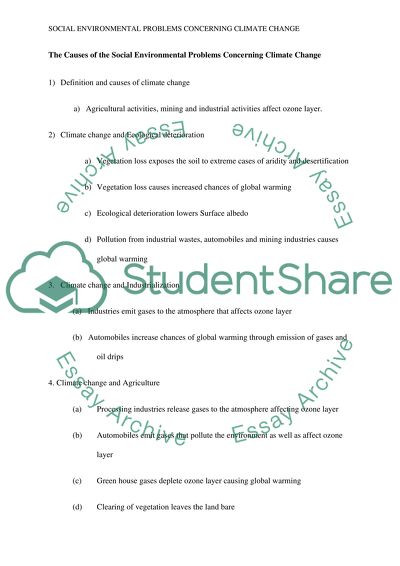Cite this document
(“Final essay Example | Topics and Well Written Essays - 1500 words”, n.d.)
Final essay Example | Topics and Well Written Essays - 1500 words. Retrieved from https://studentshare.org/environmental-studies/1496758-final-essay
Final essay Example | Topics and Well Written Essays - 1500 words. Retrieved from https://studentshare.org/environmental-studies/1496758-final-essay
(Final Essay Example | Topics and Well Written Essays - 1500 Words)
Final Essay Example | Topics and Well Written Essays - 1500 Words. https://studentshare.org/environmental-studies/1496758-final-essay.
Final Essay Example | Topics and Well Written Essays - 1500 Words. https://studentshare.org/environmental-studies/1496758-final-essay.
“Final Essay Example | Topics and Well Written Essays - 1500 Words”, n.d. https://studentshare.org/environmental-studies/1496758-final-essay.


